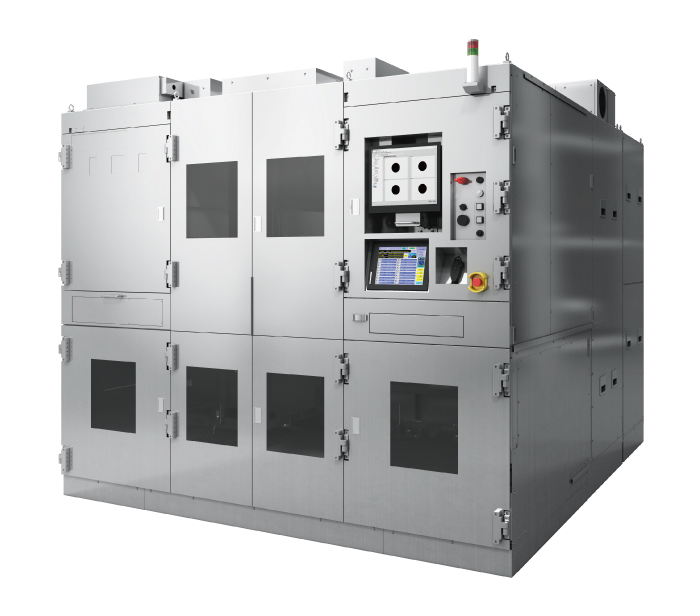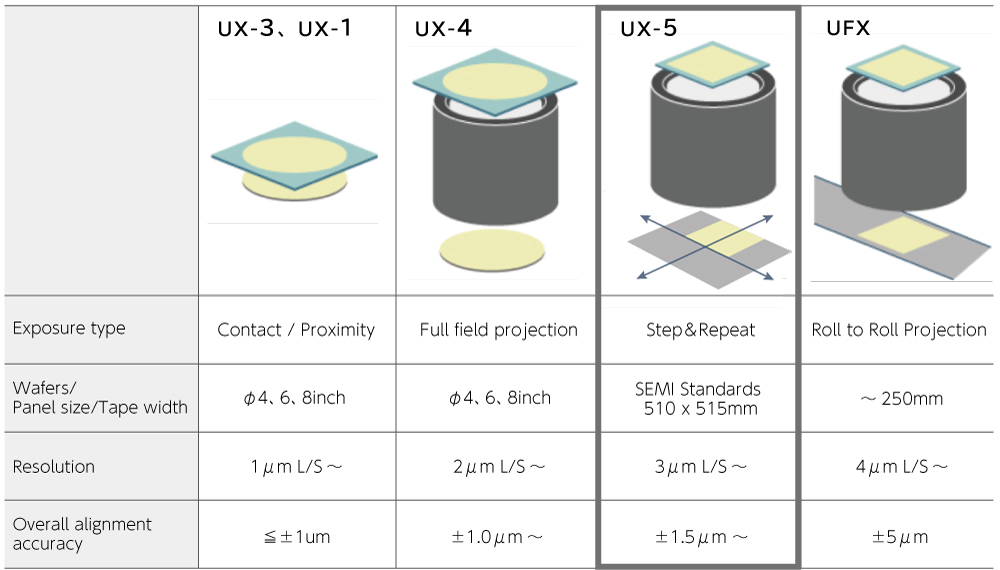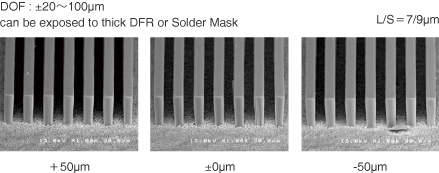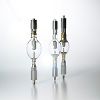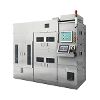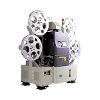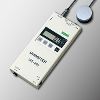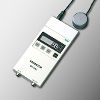Proprietary TTL non-exposure wavelength alignment system
When observing mask marks using Ushio's patented "TTL non-exposure wavelength alignment" technology, exposure up to the alignment marks of the substrate is unnecessary. In addition, since work marks can be directly observed, there is no reduction in contrast due to masks, enabling accurate alignment using clear marks.
Suits a variety of alignment marks
"Pattern matching support" for registered patterns does not require particular alignment marks, alignment can be achieved through a variety of wiring patterns.
High resolution
High resolution is obtained by using Ushio's projection lens for the "UPL series". Line-space = 5μm design rule full-scale mass production support.
Long depth of field
Due to the long depth of field (±50 to ±100), even if differences in levels, warpage or unevenness in the board cause focal deviation, the pattern profile equivalent to the profile in focus is obtained. This feature is particularly effective when exposure is performed for a thick, dry film or solder resist.
High-speed step-and-repeat by surface stages
Precision air bearings are used to reduce friction, and a plane motor configuration is used to reduce the weight of all moving parts and increase their rigidity. As a result, it is possible to perform high-speed step-and-repeat operations. In addition, the surface stage exerts feedback control using a laser interferometer. Consequently, high-speed operations, as well as superior positioning accuracy, can be achieved.
Elimination of mask damage
Since this is a non-contact projection exposure system, the mask and workpiece do not come into direct contact. Accordingly, the attached resist does not damage the mask. This not only prevents wiring pattern defects but also makes it possible to use the mask semipermanently, reducing running costs. Moreover, since the mask requires no cleaning, we expect improved equipment utilization compared to close contact exposure systems.
High overlay accuracy maintained despite board expansion and contraction
The "auto scale function" corrects the projection magnification by automatically changing the magnification up to 0.1% according to the expansion or contraction, greatly reducing the deviation in alignment.
